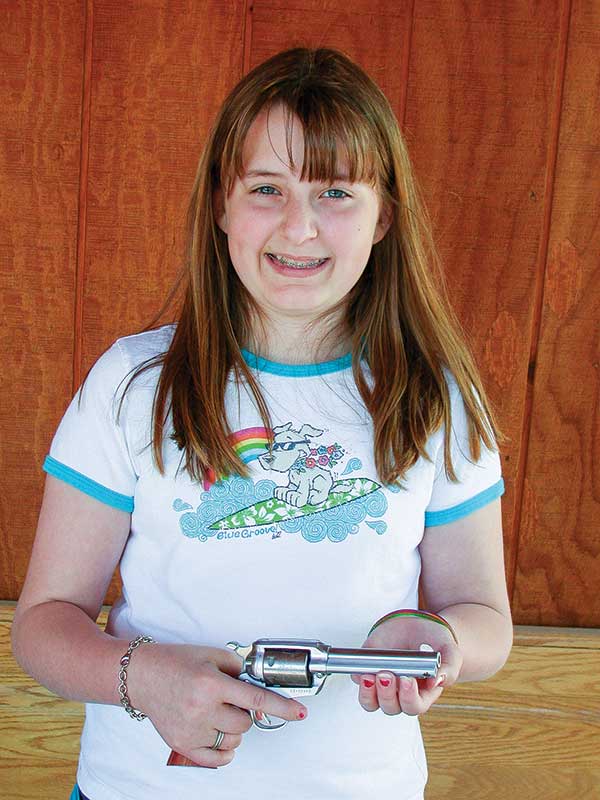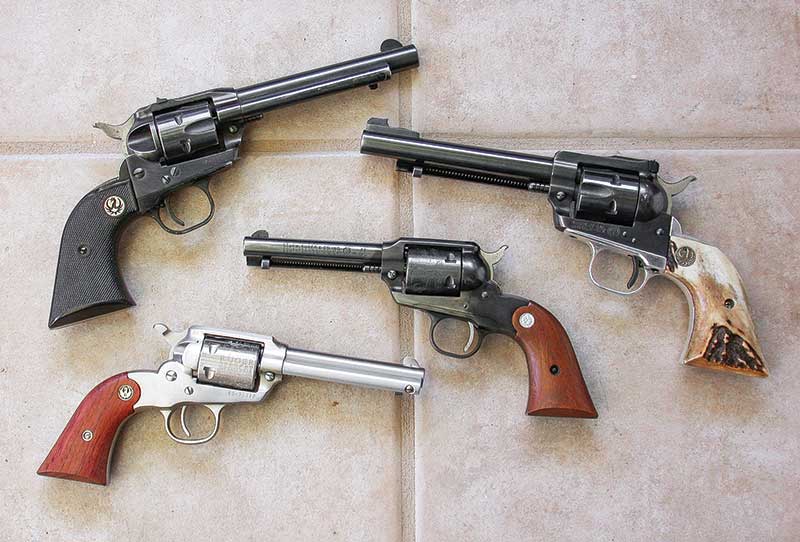Spanning The Years
Bearcats have had a special significance in our family for generations. By the 1970s my son was 10 years old and ready for his very own first revolver. Since my first revolver was a .22 Ruger Single-Six in the mid-1950s, I knew it had to be a .22, it had to be a single action and it had to be a Ruger.
The bargain we struck was I would pay half if he would save up the other half. It took him quite a few odd jobs to come up with his part but on his 10th birthday, we bought a brand-new Ruger Bearcat. The shop owner threw in a box of .22s, I fashioned a belt and holster, a friend made custom grips, and another generation was ready to enter the satisfying world of sixgunning. He still has the Bearcat.
My granddaughter, his youngest, also has a Bearcat as her first firearm. I presented her with a Ruger stainless steel, round-butted Shopkeeper’s Models from Lipsey’s when she was 10. She is now a pharmacist. Diamond Dot also has a Super Bearcat and my old Bearcat is well-worn but still shoots the way we expect any Ruger to do.
In 2014 Ruger introduced the adjustable-sighted Bearcat. Since I had been asking for one for so long, Ruger presented me with one. It has now been fitted with custom grips and put away for my first great-grandchild when she reaches shooting age.








